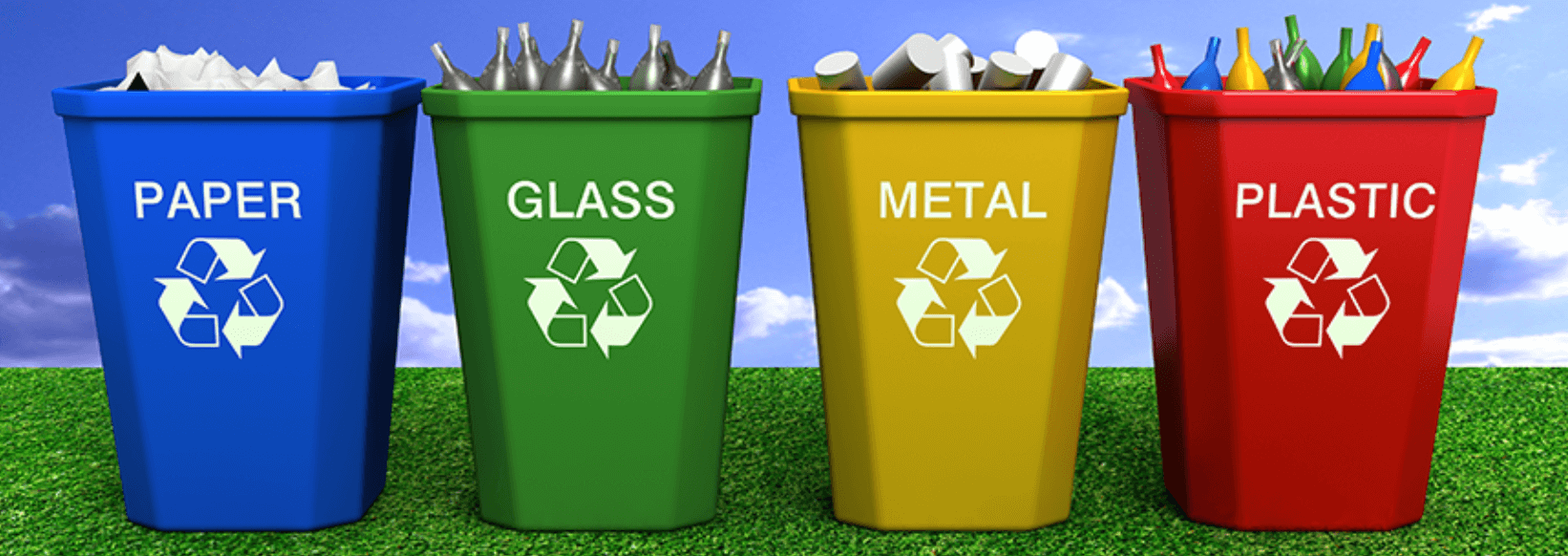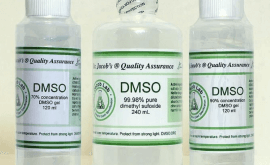THE SCIENTIFIC PROCESS OF DMSO RECYCLING
THE SCIENTIFIC PROCESS OF DMSO RECYCLING
 Recycling is one important aspect of DMSO which needs attention and significant work. While using Dimethyl Sulfoxide as a solvent, the recycling factor can significantly reduce the production cost, thus making the process more feasible and pocket-friendly.
Recycling is one important aspect of DMSO which needs attention and significant work. While using Dimethyl Sulfoxide as a solvent, the recycling factor can significantly reduce the production cost, thus making the process more feasible and pocket-friendly.
DMSO is well-known for its property of being a chemical compound that readily becomes soluble in other solutions such as – water, toluene, and benzene. This facilitates the breakdown of the complex bonds that easily segregate it from the other impurities with which it is bonded. Furthermore, polished methods such as extraction or reverse extraction can be used, followed by vacuum distillation to obtain the final refined product.
It can be easily understood by taking a simple example. Supposedly, we have a mixture of DMSO with inorganic salt, which will be separated to obtain the chemical compound in its purest form for its multifarious utility. To do what is needed, the first step is to use toluene to extract dimethyl sulfoxide. The extracted liquid is further processed by adding water to the mixture to accelerate the reverse extraction of DMSO.
The obtained aqueous solution is subject to vacuum distillation at a previously decided low-pressure scale of (1.33~2.00) × 103Pa, which helps us acquire Dimethyl Sulfoxide at 99% purified concentration.
The extraction example with the help of an aromatic hydrocarbon mentioned above gives us a detailed insight into the process to be executed. Additionally, a few other methods can also be taken up depending on the type of impurity and the available form of the mixture that needs to be dissociated.
Some of these verified methods that are often used are salting out with potassium dihydrogen phosphate, adopting recycling by means of methanol and the classic method of ethanol extraction.
When dealing with smaller quantities of refining could become tiresome, it is advised to gather and forward it to the industrial plant, which is better equipped to recycle them efficiently along with other adulterated forms available with them.
Detailed procedure of DMSO recycling: (2 suggested methods)
- The primitive technique that is mostly picked up is vacuum distillation. It has two essential conditions that need to be met to ensure smooth functioning and obtaining desirable results. First and most importantly, the temperature should not cross 120 degrees in any circumstance to avoid unnecessary security problems and reduced product recovery.
- Another aspect that needs to be carefully assessed is the PH value of the system, which should be maintained at verified scale point 8 as suitable for the decomposition of DMSO. It is to be simulated in a carbon steel container with a capacity of 2000 L consisting of 7-8 plates and the reflux ratio maintained at 3:2, which usually holds out 98-99% of the content.
- The other lesser-known recovery method simultaneously resorts to semi-continuous vacuum distillation in ketoconazole production. It follows the following steps :
-
- The raw mixture is filled up to the one-third mark in the distillation reactor and heated up.
- The fixed reflux cooler and the vacuum system are turned on in the top column once the temperature reaches 60 degrees Celsius.
- After attaining a particular degree of vacuum and temperature in the channel, the top segment is controlled as the rectification column produces the semi-finished product.
- Gradually, the temperature shoots up to 80 degrees, yielding one hundred per cent Dimethyl Sulfoxide.
- At 110 degrees, the heating process is halted, and residues are released from the kettle.
This is the scientific overview of the recycling process, which has recently gained momentum across several industries, including that of Dimethyl Sulfoxide.




